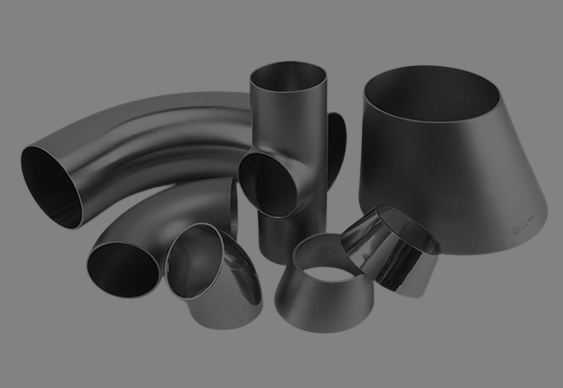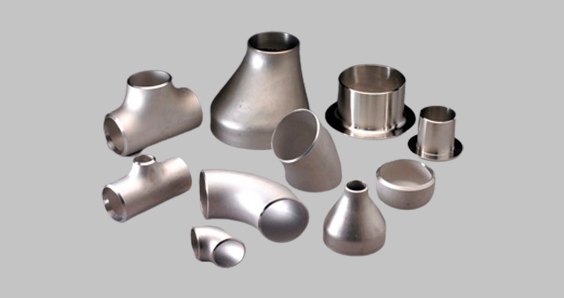
At Nufit Flanges, ensuring the highest quality of seamless pipes is our top priority. As a leading seamless pipe manufacturer, we understand the importance of stringent acceptance criteria to guarantee the reliability and performance of our products. This detailed blog outlines the critical acceptance criteria for seamless pipes, focusing on aspects crucial to industries that rely on Stainless steel seamless pipes.
Acceptance criteria are important in order to guarantee that seamless pipes conform to the required requirements for the intended usage. These criteria are dimensional and mechanical, chemical, surface, and non-destructive test characteristics. By following these criteria, failure is averted, safety promoted and compliance with the applicable standards achieved.
Tensile Strength : This is the maximum load that a pipe can carry while in tension or being pulled. High tensile strength means that the seamless pipes can bear large loads without getting fractured
Yield Strength : This is the stress level at which a pipe starts to change shape permanently. High yield strength pipes can withstand high pressure without getting permanently deformed.
Elongation : Elongation determines the flexibility of the pipe material, that is how far the pipe material can be stretched before it snaps. Higher elongation values are indicative of better flexibility and toughness of the material.
The chemical composition of Stainless steel seamless pipes must adhere to specified standards to ensure corrosion resistance and mechanical performance. Common elements analyzed include
Carbon (C)
Chromium (Cr)
Nickel (Ni)
Molybdenum (Mo)
Manganese (Mn)
Silicon (Si)
Precise control of these elements ensures the desired properties of the stainless steel, such as enhanced corrosion resistance and strength

Non-destructive testing techniques are used in the assessment of internal and surface flaws of the pipes without causing any harm to them. Common NDT techniques include
Hydrostatic testing involves filling the seamless pipes with water and applying pressure to ensure they can withstand the specified pressure without leaking. This test verifies the pipe's strength and leak-tightness
Seamless pipes must comply with various international standards and specifications to ensure quality and performance. Key standards include
These standards provide guidelines for material properties, dimensions, testing methods, and acceptance criteria
As a trusted seamless pipe manufacturer, Nufit Flanges is committed to meeting and exceeding the acceptance criteria for seamless pipes. By adhering to stringent standards for dimensional accuracy, mechanical properties, chemical composition, surface quality, and testing, we ensure that our Stainless steel seamless pipes deliver exceptional performance and reliability in demanding applications. Our rigorous quality control processes guarantee that our products consistently meet industry requirements, providing our customers with the highest level of satisfaction and confidence in our seamless pipes
You can Contact Nufit Flanges at sales@nufitalloys.com to know more information about Seamless pipes, and how you can utilise them in your operations.